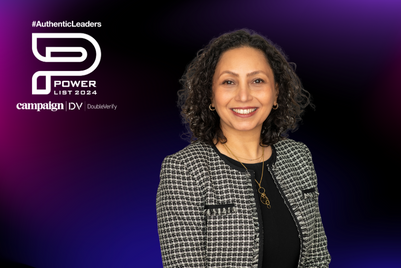
Diageo’s CEO and CFO have said that they will continue to “invest strongly in marketing” in the coming months, despite “potential weakening of consumer spending power”.
The vow came as the drinks giant published impressive financial results for the year to 30 June 2022, which included a 5% dividend increase, pushing its share price up by about 2%.
Looking forward, management was bullish in the face of an economic outlook that it accepted was “challenging”. It opted not to change its guidance of 5%-7% organic net sales growth over the next three years and it continues to target a 6% share of the total alcoholic beverages market by 2030 (starting from 4% in 2020).
It also stated: “We continue to expect organic operating margin to benefit from premiumisation trends and leverage on operating costs, while investing strongly in marketing.”
Chief executive Ivan Menezes said the past year’s results showed Diageo is “driving sustainable growth and market share gains through our deep consumer insights, world‐class brand building and commercial execution”.
Menezes and his chief financial officer, Lavanya Chandrashekar, were unapologetic about marketing spend rising faster than net sales during the year. Annual marketing spend rose 26% year on year to £2.72bn, while net sales rose 21% organically to £15.45bn.
The result is that Diageo is now 28% bigger than it was before the pandemic in its 2019 fiscal year, Chandrashekar claimed.
She also described the “upweighting of A&P [advertising and promotion]” as a crucial element of Diageo’s “profitable growth algorithm”, adding: “We have demonstrated that our profitable growth algorithm delivers sustainable top‐line growth, consistent productivity savings and enables smart re-investment."
The company revealed that the majority of its growth originated from its Scotch whisky, tequila and beer brands, as opposed to other drinks, and from its premium and super-premium priced products rather than its standard and lower-priced variants.
It also highlighted its commitment to greater marketing effectiveness through the rollout of proprietary tools such as Demand Radar, which uses AI to model various demand scenarios, and Sensor, which measures the relative effectiveness of its media spend across digital platforms.
Sensor has just been launched in the UK and has already delivered a 30% improvement in ROI on media investment in the US.
In Europe, £577m was spent on marketing in the year, up 22%, while net sales grew from £2.56bn to £3.21bn.
She said: “Brand-building is fundamental to driving our business. It’s how we recruit and re-recruit consumers. We put our brands at the front of consumers' minds and make it as easy as possible for them to buy them.”



.jpg&h=334&w=500&q=100&v=20250320&c=1)
.jpg&h=334&w=500&q=100&v=20250320&c=1)
.jpg&h=334&w=500&q=100&v=20250320&c=1)


.jpg&h=334&w=500&q=100&v=20250320&c=1)


.jpg&h=334&w=500&q=100&v=20250320&c=1)

.png&h=268&w=401&q=100&v=20250320&c=1)


.jpg&h=268&w=401&q=100&v=20250320&c=1)
.png&h=268&w=401&q=100&v=20250320&c=1)
.jpg&h=268&w=401&q=100&v=20250320&c=1)
